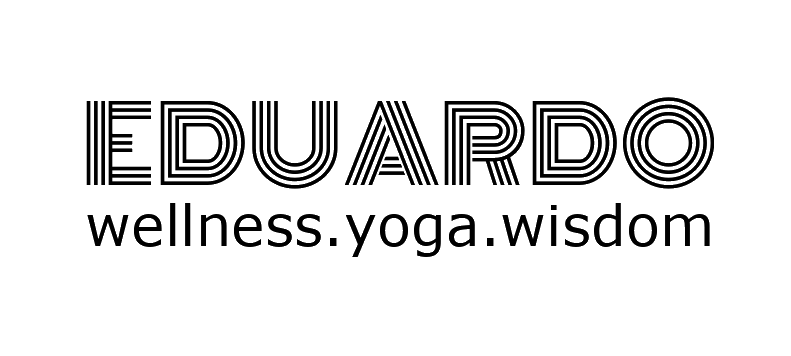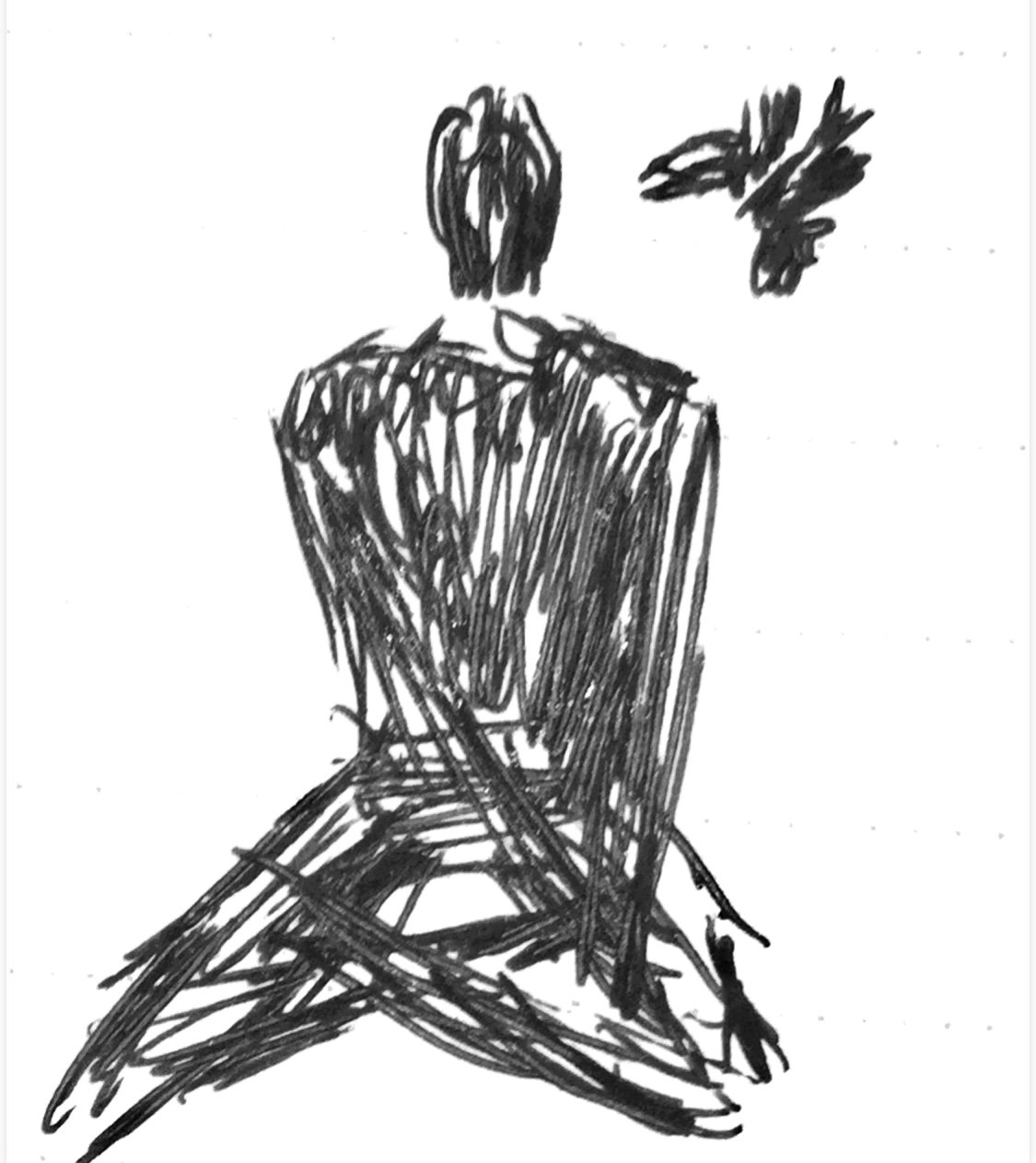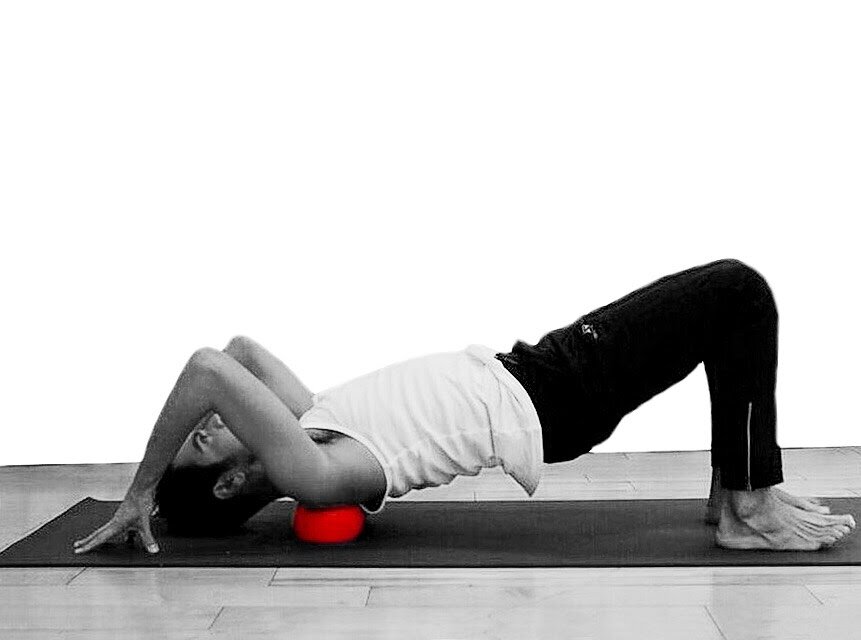If you’re yearning to cultivate greater experience of life, there’s no better time to start than right now. Below are my TOP three simple practices that will transform your self-care + jumpstart your yogic lifestyle and Ayurveda journey. These three simple practices will set you up for a lifetime of radiant health.
1. Perfect your oral hygiene.
Don’t just brush & floss, optimize your oral health by swishing with coconut oil (READ my article on oil pulling) and scraping your tongue (READ my article on tongue scraping).
2. Take Triphala every day.
I’m not one to recommend supplements, as you probably figured by now, but this is how strong I feel about it. Detoxify and rejuvenate your body by taking Triphala when you wake up or just before bed. Get it from a good source.
3. Give yourself a massage.
Oil up before you shower and use your own hands to massage yourself. Sure, you can also do this without the oil or use any method such a foam roller or ballwork (READ my article on Self-Myofacial Release).
That’s it. You’re ready, GO! Don’t hesitate to ask me any questions.


















